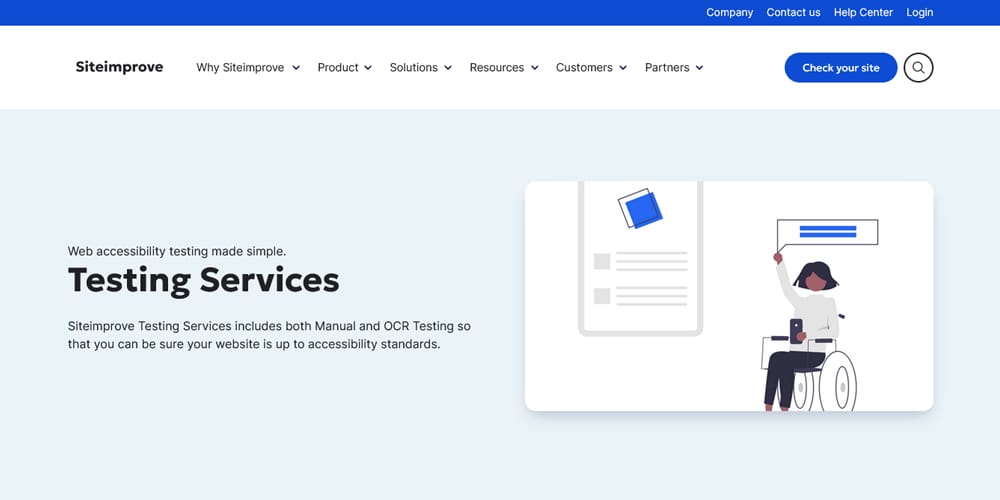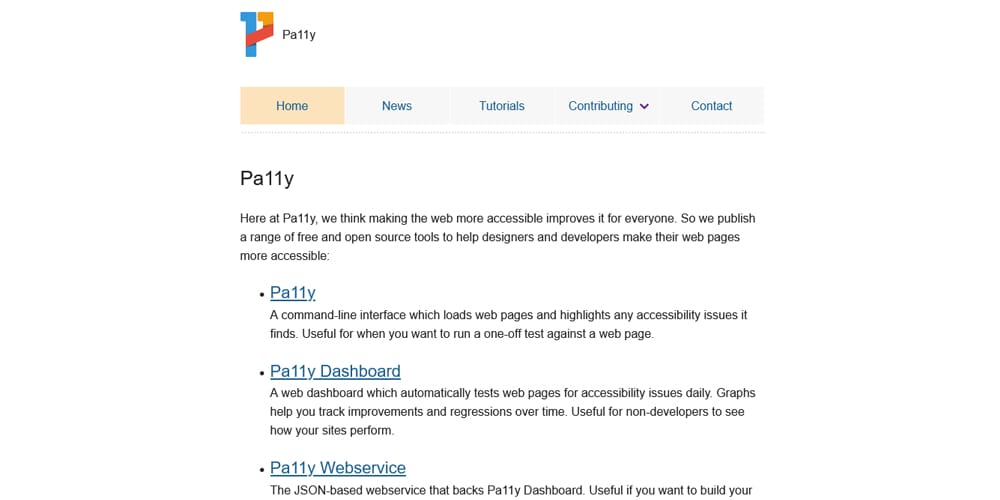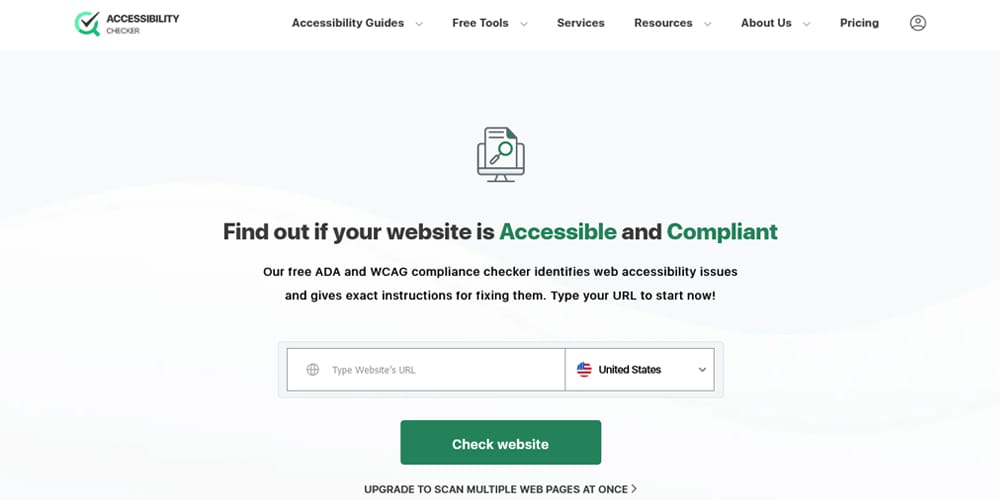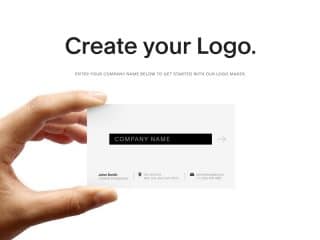Top Website Accessibility Testing Tools for Inclusive Web Design
In an increasingly digital age, the internet serves as a vital resource for information, communication, commerce, and entertainment. However, for the millions of people living with disabilities, navigating the web can present significant challenges. Web accessibility addresses these challenges by ensuring that websites, tools, and technologies are designed and developed to be usable by everyone, regardless of their physical or cognitive abilities.
By implementing web accessibility practices, we not only comply with legal standards but also embrace a broader ethical commitment to inclusivity. This approach enhances the user experience for all visitors, fosters greater audience engagement, and demonstrates a commitment to social responsibility. Understanding and prioritizing web accessibility is crucial for creating a more equitable and user-friendly internet for everyone.
Web Accessibility Defined
Web accessibility refers to the inclusive practice of designing and developing websites, tools, and technologies so that people with disabilities can perceive, understand, navigate, and interact with the web effectively. It encompasses all disabilities that affect access to the web, including auditory, cognitive, neurological, physical, speech, and visual impairments.
Key Principles of Web Accessibility:
Perceivable : Information and user interface components must be presentable to users in ways they can perceive. This means providing text alternatives for non-text content, captions for multimedia, and making content adaptable for different presentation formats.
Operable : User interface components and navigation must be operable. This includes ensuring functionality through keyboard access, providing sufficient time for users to read and use content, and avoiding content that causes seizures or physical reactions.Cutting-edge web accessibility and ADA site compliance are achieved through incorporating features like a web accessibility icon , accessibility widget, WCAG-compliant Apps, plugins, and ADA compliance tools. It makes a site highly accessible to users with disabilities.
Understandable : Information and the operation of user interfaces must be understandable. This involves making text readable and understandable, ensuring web pages appear and operate in predictable ways, and helping users avoid and correct mistakes.
Robust : Content must be robust enough to be interpreted by a wide variety of user agents, including assistive technologies. This includes ensuring compatibility with current and future user tools.
Importance of Web Accessibility:
Inclusivity : Web accessibility ensures that all individuals, regardless of their disabilities, can access and interact with web content. This promotes equal opportunity and prevents discrimination.
Legal Compliance : Many countries have laws and regulations that require websites to be accessible. In the United States, for instance, the Americans with Disabilities Act (ADA) and Section 508 of the Rehabilitation Act mandate accessibility for web content.
Wider Audience Reach : Accessible websites can reach a broader audience, including the estimated 15% of the world’s population living with some form of disability. This can enhance user satisfaction and increase the potential customer base.
SEO Benefits : Many accessibility practices, such as using proper HTML semantics and providing text alternatives, also improve search engine optimization (SEO). This can lead to better search rankings and increased web traffic.
Enhanced Usability : Accessibility improvements often enhance the overall usability of a website for all users, not just those with disabilities. Clear navigation, readable text, and intuitive interfaces benefit everyone.
Social Responsibility : Prioritizing web accessibility demonstrates a commitment to social responsibility. It reflects positively on a company’s values and can improve its reputation and brand loyalty.
Using the right website accessibility testing tools can help you identify and fix accessibility issues, ensuring your site is inclusive and compliant with accessibility standards. Here are the 10 best tools to help you achieve that goal.
See also
Browser Extensions & Single-Page Checkers
WAVE

Axe

Lighthouse

Accessibility Insights

A11yInspect

Full-Site Scanning & Enterprise Platforms
SortSite

Siteimprove

Pa11y

Total Validator

Monsido

UsableNET

Accessibility Checker

AI-Powered Overlays & Widgets
accessiBe

UserWay

Equally AI

Equal Web








